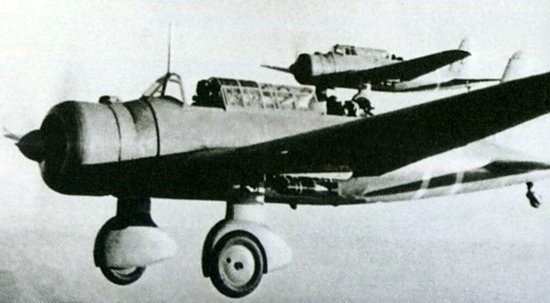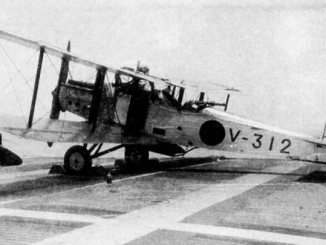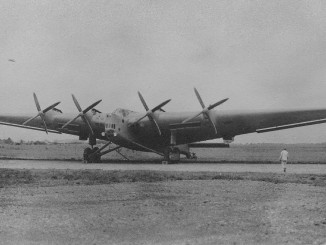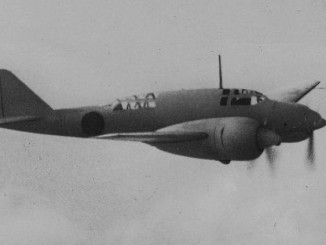
The Mitsubishi Ki-30 Type 97 was a light bomber of the Imperial Japanese Army, developed as a response to a requirement for a new aircraft to replace the obsolete Kawasaki Ki-3. The Mitsubishi design beat an effort by Kawasaki to win the competition and go into production, with the first examples entering service in early 1938. The need for aircraft was so pressing, however, that the Kawasaki design was also put into production as the Ki-32 Type 98.
The Ki-30 was originally designed with modern retractable undercarriage, but test revealed that the added weight largely negated the aerodynamic advantages so the production versions had fixed, spatted gear. It also featured an enclosed bomb bay, one of the first to appear on a single engine bomber, capable of holding up to 400kg of bombs. The crew were enclosed in a large greenhouse-style canopy which gave the pilot and observer excellent visibility.
Ki-30s saw service over northern and central China during the Sino-Japanese War, as well as having extensive involvement in the ‘Nomonhan Incident’ of 1939. During the Pacific War, Ki-30s participated in the assault on the Philippines, being the primary air support for Army units engaging American and Philippine troops in Bataan. By this time, however, it was clear that the bomber was unsuitable for front line operations, and so by the end of 1942 it was no longer to be found operating in forward areas.
In 1942 the Ki-30 was assigned the Allied reporting name ‘Ann’.
Mitsubishi Ki-30 Type 97 Specifications
| Mitsubishi Ki-30 | |
| Role | Light bomber |
| Crew | 2: Pilot, observer |
| Powerplant | 1x Nakajima Ha-5-KAI (1,080hp) |
| Speed | 236mph (cruise) 263mph (max) |
| Ceiling | 28,115ft |
| Range | 1,066 miles (internal) |
| Armament | |
| Ordnance | 882lb bombs |
| Dimensions | 34ft 0in (length) 47ft 9in (wingspan) 12ft 0in (height) |
| Wing Area | 329 sq.ft. |
| Weight | 4,916lb (empty) 7,324lb (max) |
| Number produced | 704 |




Leave a Reply